This is all about Oshi Castle Ruins you want to know.
Every information you get on this site will be from a credible source based on Japanese history (books for reference).
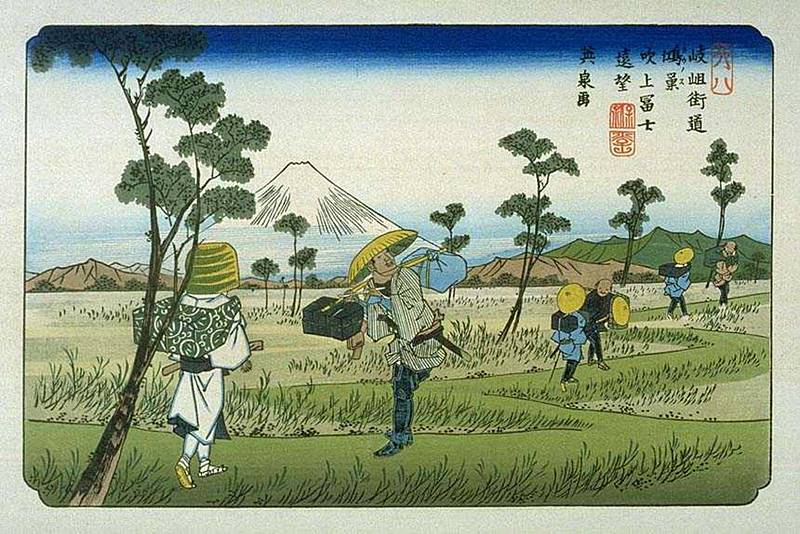
A state of a traveler with Mt. Fuji in the background near Oshi Castle drawn at the end of the Edo period.
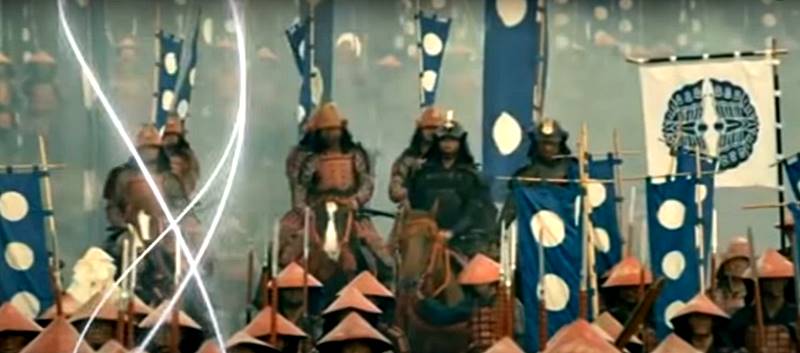
Based on "Battle of Oshi Castle", the Japanese movie "The Floating Castle" released in 2012. At the 36th Japan Academy Awards, it received 10 awards for excellence, including the highest award for art. It became a sensational and a record hit at that time, with the first appearance in the movie spectator mobilization ranking (according to Kogyō Tsūshin) for the first three days on November 2-4, 2012.
(from Wikipedia)
Profile : Oshi Castle Ruins
| Location | Gyōda City, Saitama Prefecture |
| Also known as | Uki-Jō , Ki-Jō (means "Floating" or like "a turtle" because of not fall to the end against inundation) |
| Type of castle | Flatland |
| Mountain's name | ー |
| Elevation | ー |
| Condition | No main keep but other buildings |
| Designation | Saitama Prefecture Historic Sites |
| Year built | late 15th century |
| Abolished | 1871 |
| Castle lord | Narita Clan |
| Refurbishment lord | Abe Tadaaki ※One of the greatest staff in history. Served as member of shōgun's council of elders for two generations of the Tokugawa Shogunate's third general, Tokugawa Iemitsu and the fourth Tokugawa Ietsuna. |
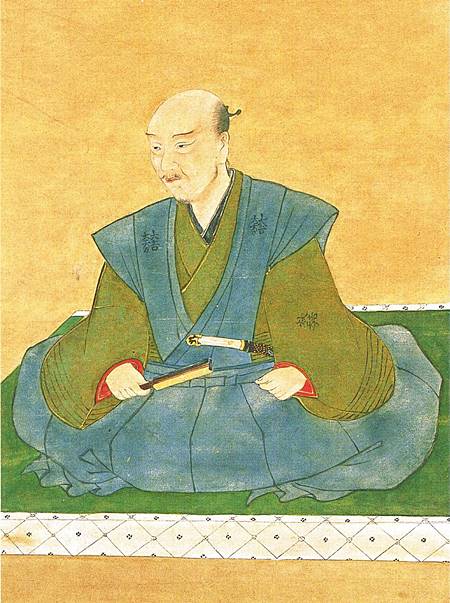
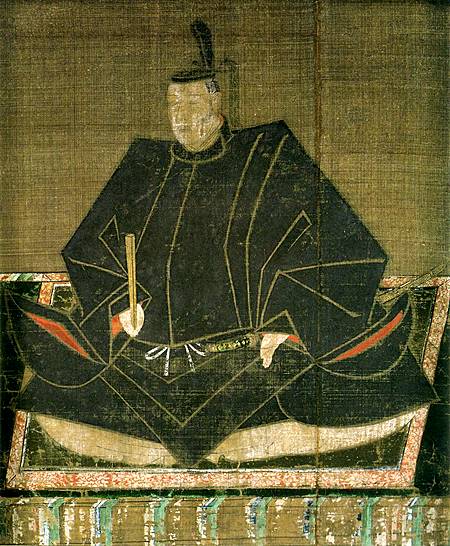

adapted from "Classical Japanese National Data Set" (Kokubunken Collection)
The family crest was originally created from the pattern that the emperor and the royal family put on the kimono, and the pattern was made into a fixed pattern, and the one attached to his own oxcart is said to be the beginning of the family crest. The warlords drew large crests on the flag-fingers, used to distinguish enemy views on the battlefield, and used by the generals to determine which warlords were active and how much.
Oshi Castle admission
admission fee : 200yen (Adult) 100yen (over junior high school students) 50yen(elementary school students) ※Gyōda Municipal Folk Museum
admission time : am9:30-pm4
closing period : Monday (open on holydays) The day after a holiday (Open on Saturday and Sunday) reference ⇒ official site 【Saitama Prefecture Trade & Tourism Association】
Oshi Castle Google Map
Oshi Castle Images

It has a structure that makes use of the vast swamps and natural levees that dot the Tonegawa River in the north and the Arakawa River in the south. It is known as a fortified castle that never fell after being attacked several times.
It is said that the fathers and sons of Narita shōtō and Akiyasu, who were local powerful families, destroyed a former family that ruled this area and built a castle. When Toyotomi Hideyoshi conquered the Kantō region in 1590, The owner, Narita Clan, barricaded themselves in Odawara Castle. According to "Oshi-Jō Senki" and other sources, the president's uncle, Narita Yasusue, fought against Ishida Mitsunari , general of Toyotomi Army, as a substitute for the castle owner, and in addition to about 500 Samurai and Ashigaru, 3,000 people including troops, farmers, and townspeople remain in there. It is a famous "Battle of Oshi Castle".
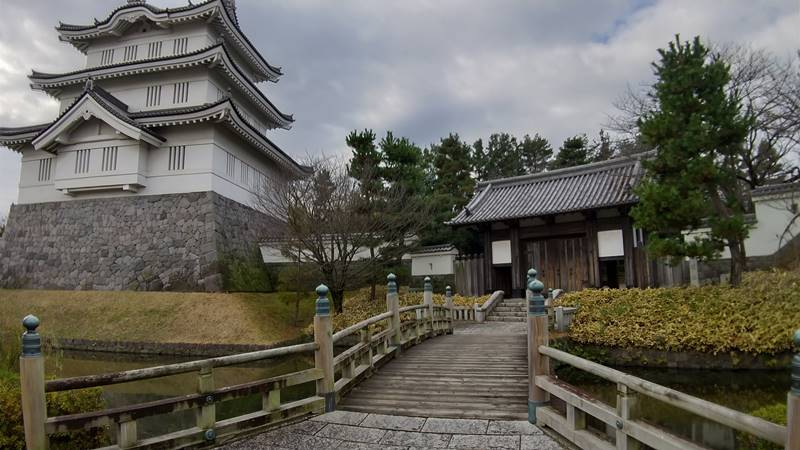
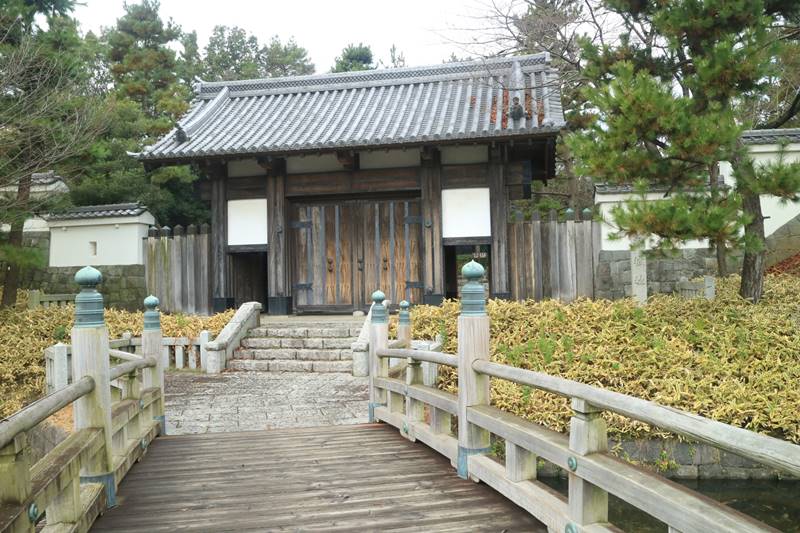
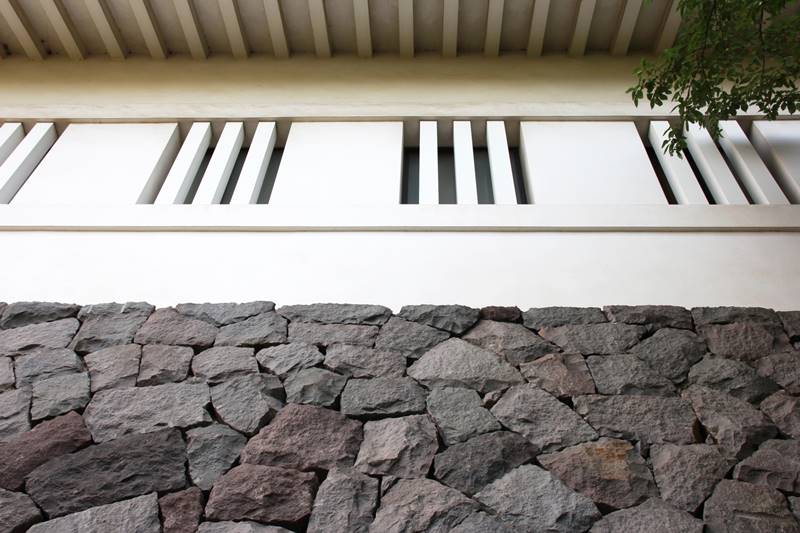
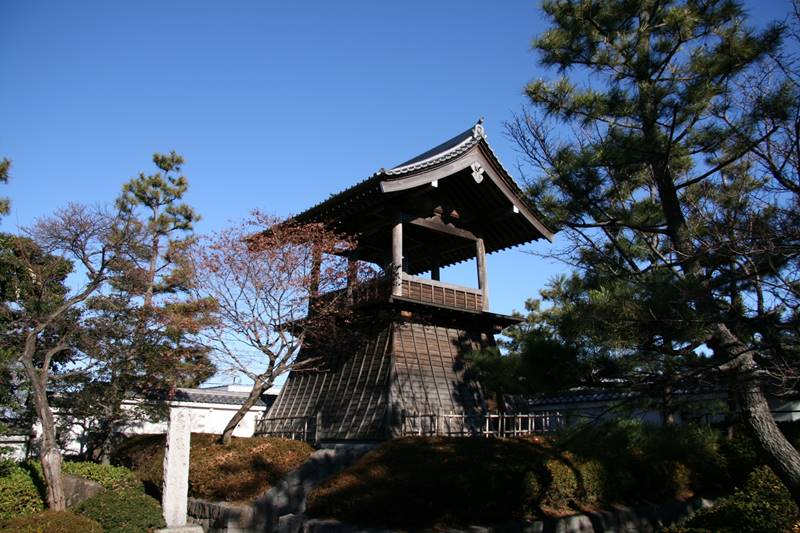
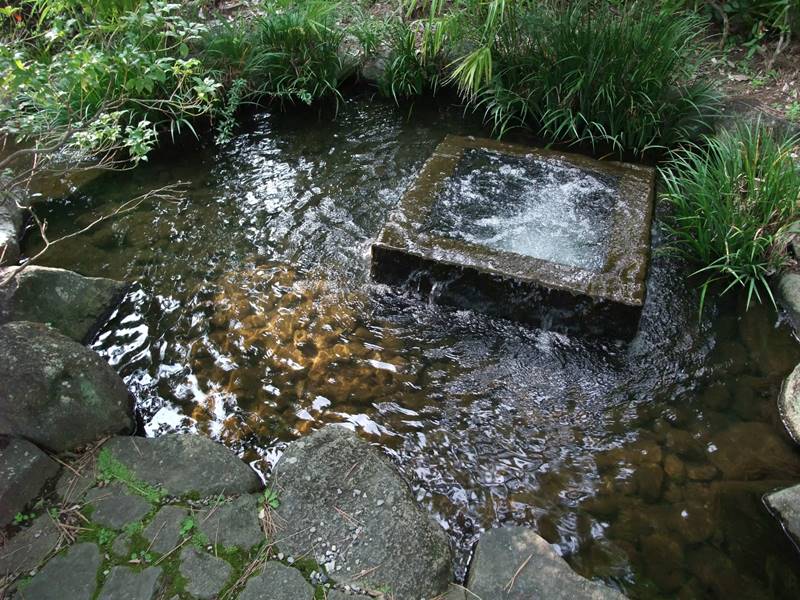
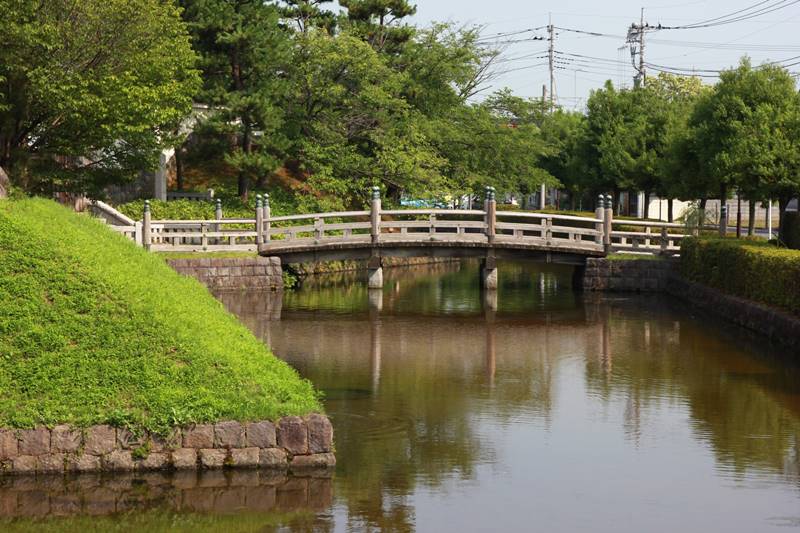
"Oshi Castle Omotenashi Kacchutai (Armor)", formed with the brave warlords of the Narita Clan as a model. Main activities include taking pictures with tourists at various places in the city, mainly at the site and the local museum, and showing a heroic performance.
Link : Seven Major Castles in Kantō region
【east japan】Kawagoe Castle【east japan】Karasawayama Castle【east japan】Maebashi Castle【east japan】Kanayama Castle【east japan】Ōta Castle【east japan】Utsunomiya Castle【east japan】Oshi Castle
